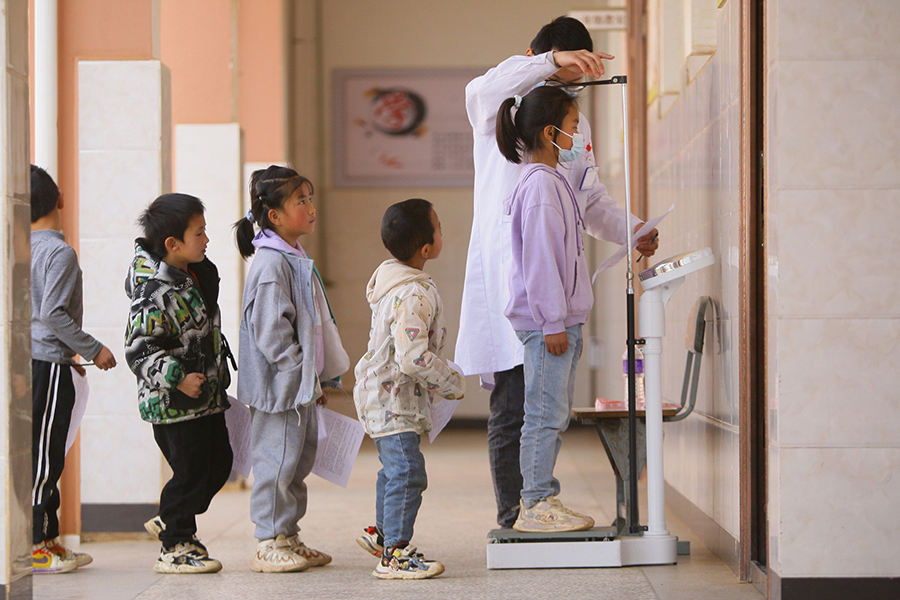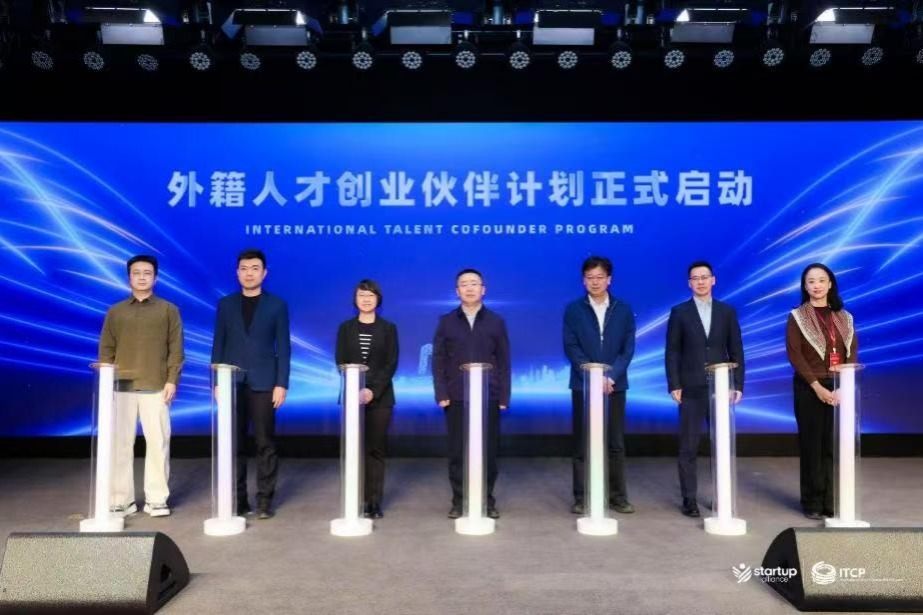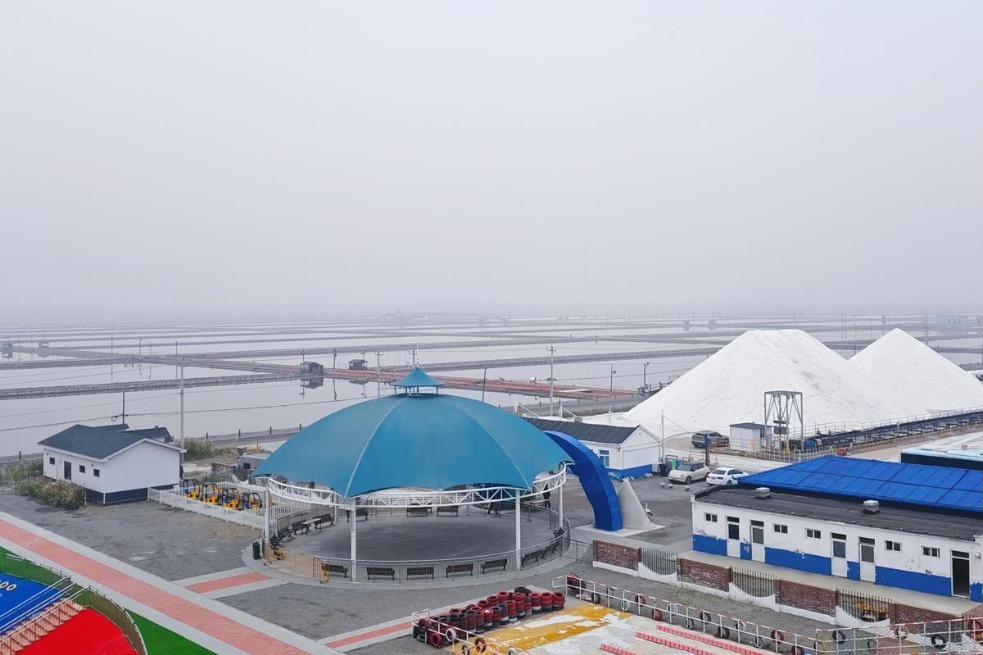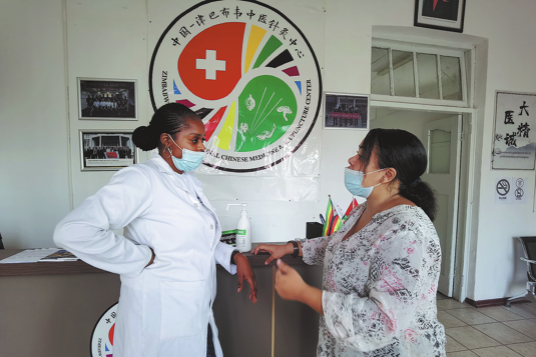Blood lipid testing suggested to be compulsory for school students


A newly released guideline for lipid management stated that blood lipid testing should be included in routine physical examinations for primary and middle school students in the country, Beijing Daily reported.
The new guideline is a major adjustment after seven years since the revised version was published in 2016. Compared with the old version, it has added many new contents, especially the emphasis on including blood lipid testing in physical examinations in schools.
Statistics show that the overweight and obesity rate among Chinese children aged 6-17 is nearly 20 percent, with the rate among children under 6 exceeding 10 percent. Obesity and blood lipid abnormalities are causally related and often occur together. The incidence of blood lipid abnormalities in students is equivalent to, or even higher than, the obesity rate.
In 2017, the detection rate of blood lipid abnormalities among children and adolescents in Beijing was 20.3 percent, with a detection rate of high cholesterol of 5 percent, a three-fold increase compared to 2004.
In 2021, Tianjin conducted a chronic disease risk factor screening on 72,000 kindergarten children and 91,000 second-grade primary school students. The result showed the detection rate of obesity among kindergarten children was 11.1 percent, and the detection rate of blood lipid abnormalities was 7.4 percent. The detection rate of obesity among second-grade primary school students was 21.4 percent, and the detection rate of blood lipid abnormalities was 13.5 percent.
In 2022, a sampling survey showed that hypertension and high blood cholesterol detection rates among around 2,900 children in the first grade of 17 primary schools in Shenzhen were 23.6 percent and 11.8 percent, respectively.
A report released by the Chinese Nutrition Society shows that the consumption rates of sugary milk drinks and beverages among Chinese children and adolescents are over 30 percent and 25 percent, respectively, much higher than that of adults.
Children's excessive intake of fried foods, sweets, and sugary drinks and excessive dependence on electronic products without enough exercise affects current health indicators and may also cause irreversible effects. For example, long-term high blood lipid levels can lead to atherosclerosis and ultimately lead to high blood pressure.
The new guideline pointed out that dietary pattern changes, reduced physical activity, and unhealthy lifestyles have increased lipid abnormalities in Chinese children and adolescents, with detection rates as high as 20.3 percent to 28.5 percent.
- Xi attends carrier's commissioning
- Senior Xi'an official facing probe by China's anti-corruption watchdogs
- Philippines risks creating trouble for itself: China's defense ministry
- Newborn with congenital heart disease receives life-saving surgery in Yunnan
- Hong Kong charity signs diplomatic talent deal with Beijing university
- Aircraft carrier Fujian, commissioned




































